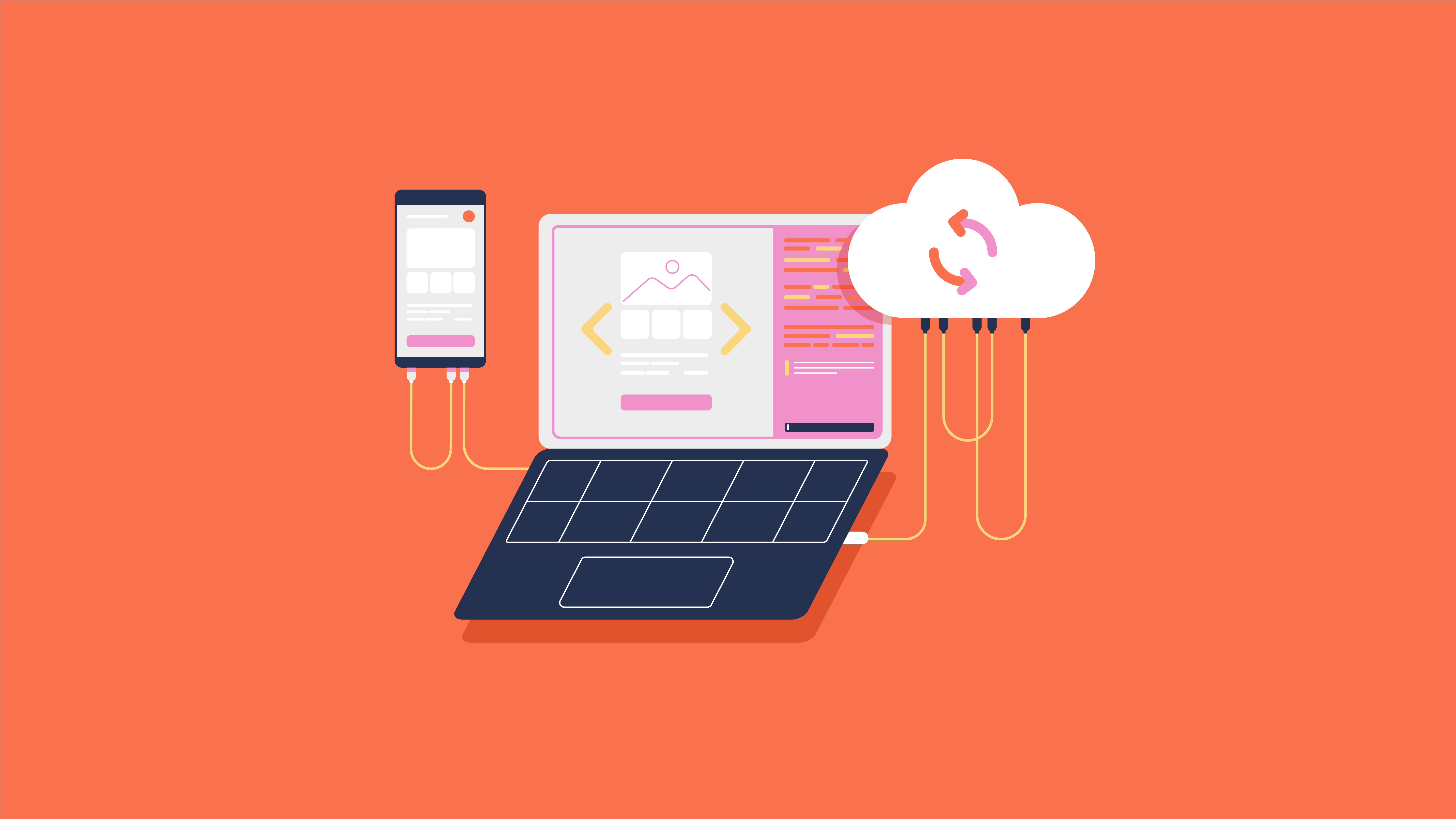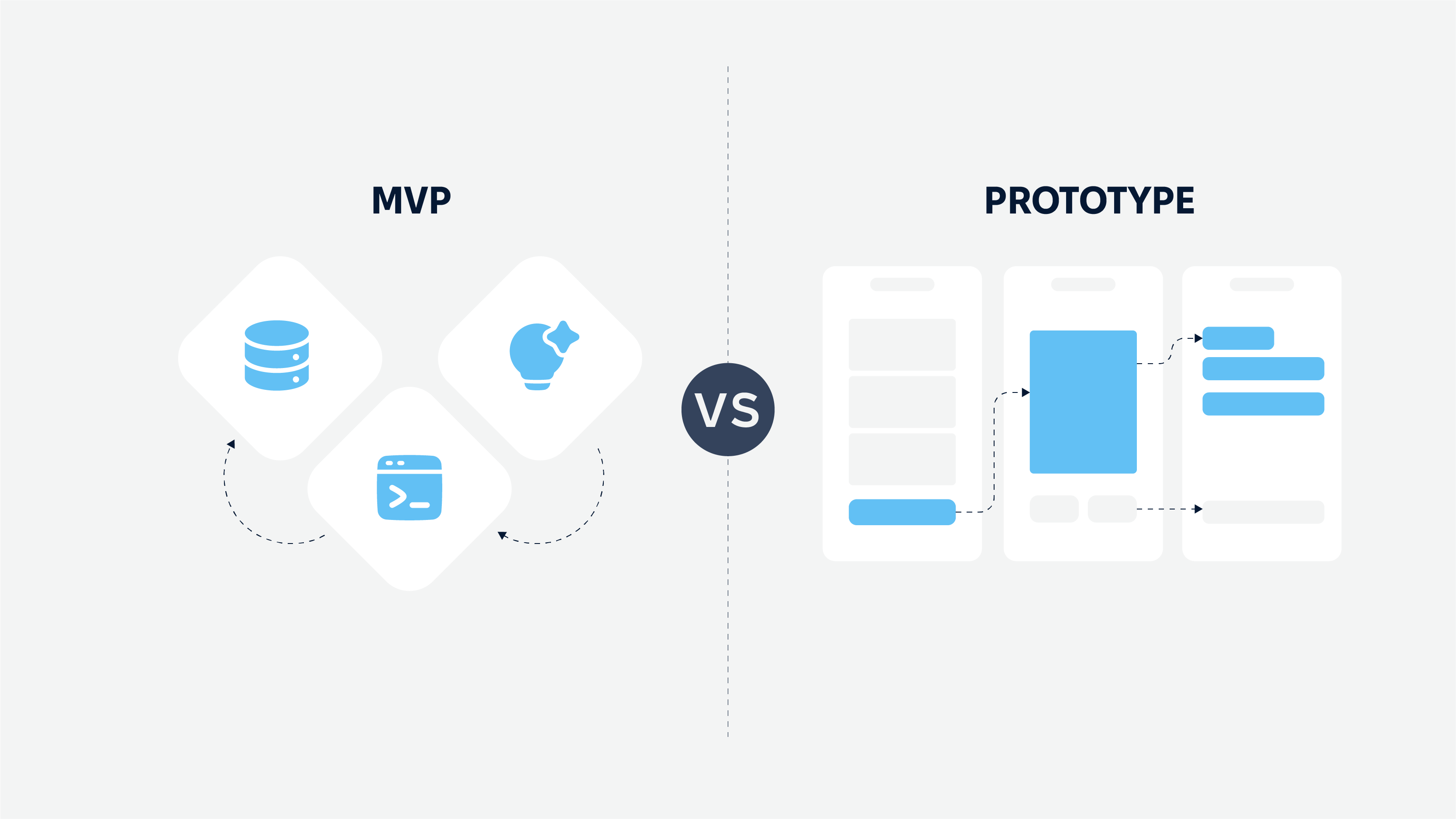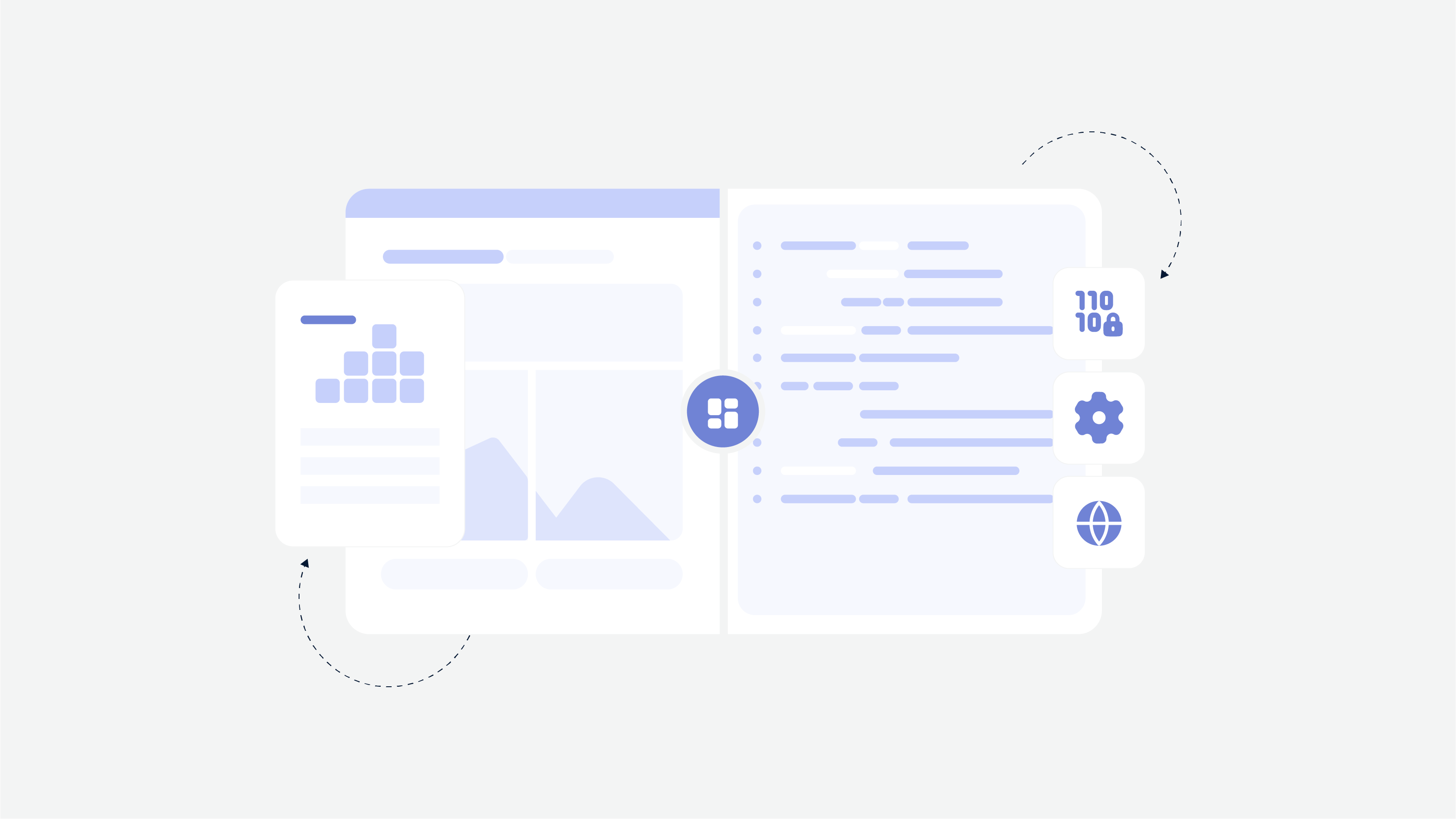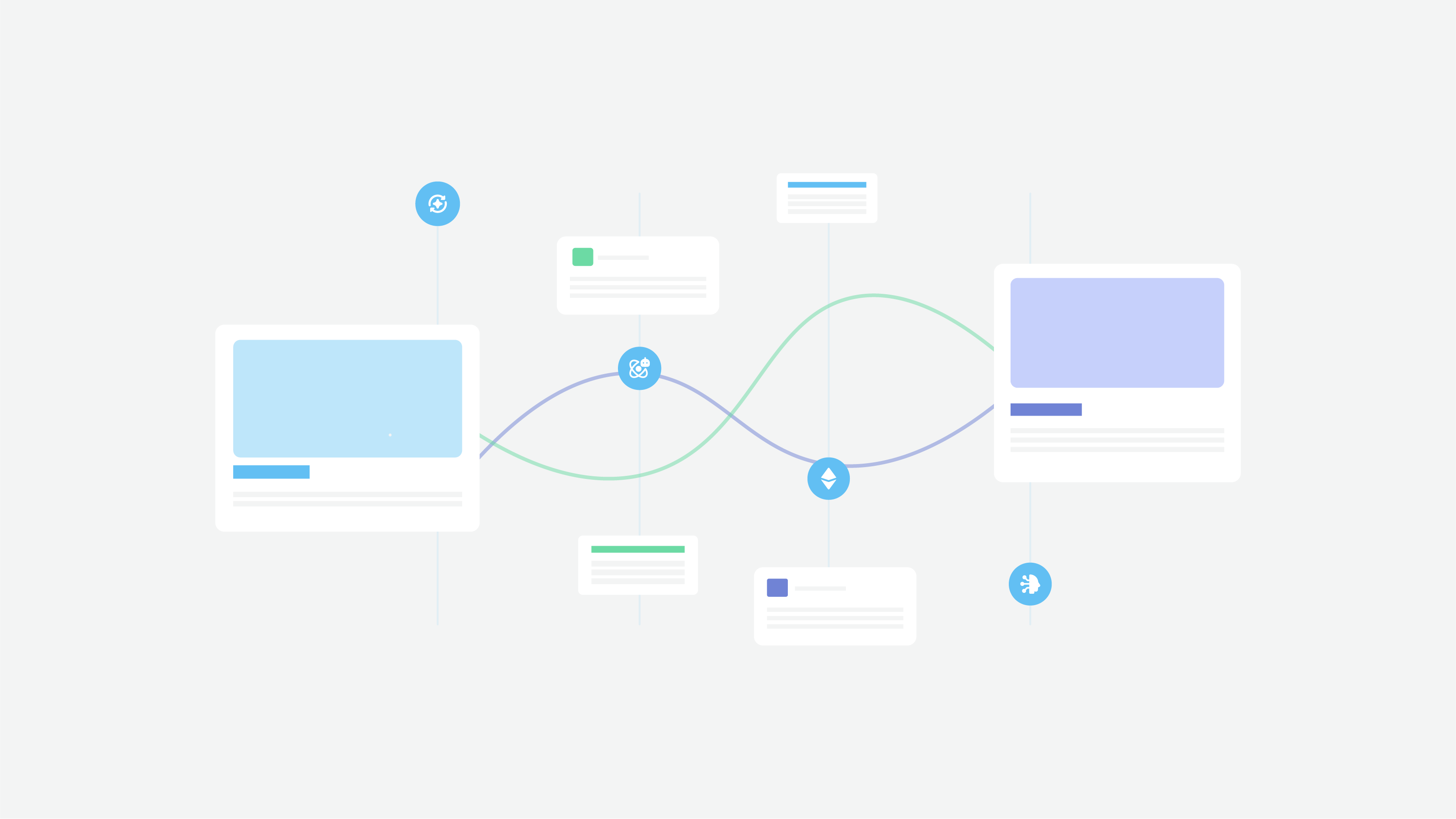Before you decide what type of software you need, you may go through a wide range of different tools for software creation. And serverless software development is the architecture you should pay attention to. Then, skilled professionals will integrate it for you.
Serverless applications provide several critical benefits, such as increased scalability, reduced operational costs, and improved development speed. Such architecture help developers focus more on building application logic while leaving the infrastructure management to the cloud provider. Whether it is a web application, a mobile app, or a backend system, serverless programming can significantly impact the final result of development.
But what does serverless mean? Are there no servers? Actually, not. What serverless programming is, its advantages and drawbacks, when it should be used, and other information you will find in this article. Hurry up to learn more!
If you are looking for the best company in the USA & Canada, you are in the right place.
Read this article till the end, it will help you to understand your question.
Better yet, sign up for a free consultation with our software development experts.
What Is Serverless Development?
Serverless computing is the native cloud architecture that makes it possible to hand over the operating system management to the third-party infrastructure (e.g., Amazon Web Services, Microsoft Azure, Google Cloud Platform). It provides customers with more extensive flexibility and innovative capabilities.
Serverless architecture, aka FaaS (function-as-a-service), helps customers create and launch apps and don’t think about server management, operating system maintenance and setup. Serverless computing can be used both for mobile and web app applications, so there is no difference in what you need — serverless web development or mobile app creation.
Does your business need a mobile app or a website? Cadabra Studio assists in software development — contact us!
Everything required for the launch and scaling of an app is performed without customer interference. FaaS apps must be scaled automatically. Simply put (we don’t want to bombard you with a bunch of unclear information), serverless doesn’t mean a physical absence of servers — it means the absence of pains related to infrastructure management and maintenance. To be more accurate, a serverless structure means server-management-less.
Key Takeaways
- Serverless development refers to a cloud architecture where the operating system management is handed over to a third-party cloud provider. These can be Amazon Web Services, Microsoft Azure, Google Cloud Platform, etc.
- Serverless computing can be utilized for both mobile and web applications, making it suitable for various development needs. Whether it is a healthcare app or a fintech product, this solution is suitable and efficient.
- Serverless architectures offer greater flexibility and innovative capabilities, allowing developers to focus on creating and launching apps without the need to manage servers, operating systems, or infrastructure setups.
- With serverless application development, app launch and scaling are handled automatically, relieving developers from infrastructure management and maintenance complexities.
Advantages Of Serverless Programming
The conception of serverless programming is explained, we hope. And it is the right time to proceed to the detailed description of the strong sides of this architecture. We will explain why you should think about the development of serverless apps.
One programming language. With the help of custom tools and methodologies of cloud infrastructure providers like AWS or Microsoft, an experienced developer may use their skills and the basis of one programming language (Ruby, for example) to create a scalable application and all necessary features. Previously, a team of backend developers and DevOps specialists would be required to build this app.
No need to manage servers. You don’t need to allocate servers and maintain them. On the whole, you will forget about a headache related to setting up and administering software.
Faster development. The FaaS makes it possible for developers to build it faster since many additional features are available at the cloud infrastructure’s side. Also, developers don’t need to write a million code lines, reducing possible mistakes.
Scalability. The cloud provider automatically scales up your software, servers, and databases are scaled up as well. So when your app gains popularity and the number of visitors grows, it will be scalable by default, minus another pain point.
Security and stability. When you subscribe to the relevant cloud infrastructure provider’s services, you get a secure and stable environment for your software deployment. Security, as well as regular and high performance, is the primary goal of any provider. The provider is interested in delivering high-quality services and no other way.
Reduced expenses. The core advantage of serverless technology is that you pay for what you used, unlike conventional methods, when you need to pay computing resources fees, whether you use them all or not. FaaS requires you to pay for the number of queries on your functions and time spent on one function’s code execution.
So, as you can see, the serverless application is cost-effective because you pay only for the actual usage of computing resources. This cost model can lead to significant savings, especially for applications with varying workloads. Serverless applications are also scalable and reliable.
With the features and tools provided by any cloud service provider, developers can make the development process more fast and efficient. Pre-built functionalities and simplified deployment mechanisms allow them to focus on writing application logic rather than managing infrastructure, resulting in faster time-to-market.
These advantages make serverless applications a perfect choice for organizations seeking efficient and scalable solutions while minimizing infrastructure management overheads and optimizing costs.
Besides, the development time is also reduced, so you pay less. And your product is deployed and released faster. You get more benefits than you thought.
Advantage Of Serverless Programming Using AWS
We want to single out the robust capabilities of AWS cloud provider which is considered one of the most significant cloud services providers. Developers at Cadabra Studio often apply AWS services in the developed software.
Amazon Web Services offers developers useful functions like AWS Lambda (a service that runs a code in response to a specific request), Amazon API Gateway (a manageable service for developers that ensures proper functionality of APIs), Amazon DynamoDB (a scalable database), and many others.
Here are some other critical benefits of serverless application development using AWS services:
- Seamless integration. AWS provides a wide range of services that seamlessly integrate with serverless functions and enhance the functionality and scalability of serverless applications.
- Scalability and elasticity. AWS cloud provider has tools for automatically scaling up or down apps based on demand. This ensures that your application can handle any level of traffic without manual intervention.
- Cost efficiency. The serverless platform on AWS follows a pay-per-use model, where you are only charged for the actual execution time of your functions. This is very good for cost optimization as you don’t have to pay for unnecessary resources.
- High availability and fault tolerance. AWS serverless services are designed to be highly available and fault-tolerant. With built-in redundancy and automatic failover mechanisms, serverless applications can achieve high levels of availability and reliability.
- Global reach. AWS has a global infrastructure that allows developers to deploy serverless applications closer to the company’s end-users, reducing latency and improving the overall user experience.
AWS also provides a rich set of tools and services that simplify the development and deployment of serverless applications. These include AWS Serverless Application Model (SAM) for infrastructure-as-code, AWS CloudFormation for automated provisioning, etc. All these tools help developers to improve their performance and productivity.
If your project needs first-rate AWS developers, our company is always ready to provide you them. Do you want to know more about this kind of specialist? Then you need to read the article about an AWS developer.
When Is Serverless Development A Right Option (And When Not)?
Like any other technology, there should be expediency of using serverless development for web services or mobile apps. That is why we should explain to you when you can pay for serverless architecture and when it is better to let developers use a traditional approach.
Serverless computing is a good option when you plan to build a light and flexible product that can be updated quickly. Apps with inconsistent usage fit serverless architecture better, and development costs will be much lower (compared to methods when developers manage server-side functions by themselves). Such apps don’t require a purchase of server(s) since it will be an unnecessary and wasteful expense.
In turn, large applications with a predictable workload and complicated functionality won’t deal efficiently with a serverless architecture. In this case, it will be preferable for developers to use dedicated servers they can manage independently. And it is about cost-efficiency again. Serverless technology is event-driven — the function runs when a specific event triggers it, and you only pay for the launched function. Large apps have a lot of functions, and you will need to pay much more. Simple math.
Serverless development is a suitable option for quickly launching a minimum viable product (MVP) or prototype to test the market demand for any idea or vision. It allows developers to focus on building core functionality without worrying about managing servers or infrastructure. With the power of cloud providers like AWS, the team can rapidly iterate and gather user feedback, enabling owners to make informed decisions for the future development of serverless applications.
Also, serverless architecture is well-suited for applications that experience spikes in traffic or usage. With the ability to automatically scale up or down based on demand, the development team can ensure optimal performance and cost efficiency. Such an approach makes it particularly advantageous for startups or businesses anticipating variable workloads or seasonal peaks.
At Cadabra Studio, we understand the importance of choosing the right development approach for your project. Our expert team can assess your needs and provide tailored recommendations based on your objectives, timeline, and budget. Whether you are seeking serverless development or a traditional approach, we have the skills and expertise to deliver high-quality software solutions that align with your business goals.
Should your first app be full of features, or is an MVP enough for a start? Don’t rack your brain — contact Cadabra Studio to get a professional consultation.
What About the Shortcomings Of Serverless Architecture?
Unfortunately, even when you decided to apply serverless architecture in your software, it still has some drawbacks. We will shed light on them to provide you with a comprehensive picture.
More challenging testing. It is rather difficult for developers to recreate a serverless environment, so they cannot correctly see how they perform. It is connected with the invisible server side. In comparison, they have permanent access to the backend when they create traditional software structure (frontend and backend created by developers).
Developers need to use a reliable sandbox to test an app (a closed environment that lets users test their app securely). AWS, Microsoft Azure, Google Cloud Platform provide such sandboxes.
Performance issues. Although dependable serverless architecture vendors do their best to make your app work flawlessly, such apps have specific particularities you should know. Serverless code needs time to be launched, and sometimes these additional seconds may negatively impact the performance. Cloud providers should consider it and use potent engines to ensure high performance.
Not suitable for large apps. That is what we mentioned above. Long-running processes will take more time to launch, and serverless architecture requires you to pay for the time the function is running, remember? That is why large applications should be built using custom backend development if you consider cost-efficiency in mind.
Multiple standards. Finally, all serverless architecture providers have different standards and settings on their platforms. So if you plan to switch to another provider, it will be reasonably challenging to do so since your software configuration process will be different.
The serverless application offers significant advantages, such as cost savings, scalability, and simplified development. However, it is important to consider the limitations and challenges we have encountered. As you see, testing serverless applications can be more complex due to the lack of direct access to the server-side infrastructure. And performance issues, such as latency during function launch, should be taken into account, although cloud providers continually work on optimizing performance to mitigate these challenges.
So, the development team should carefully consider these factors. This way, businesses can make informed decisions about when to adopt serverless architecture and when alternative approaches may be more suitable for their specific needs.
Serverless App Development Examples
Are there any famous apps that use serverless technology? Of course, there are many of them. We won’t make a long list but focus on a few of the most interesting ones.
Amazon Polly
Amazon Polly is an AI-based service belonging to Amazon that converts text into spoken audio. It uses the CloudFormation serverless function to enable the fluent TTS process (text-to-speech). Amazon Polly is used as a third-party service for its integration with other apps. The main particularity of AP is the imitation of the style of speech pitching, so the spoken audio sounds very realistic.
Netflix
You might be surprised, but a VoD (video-on-demand) giant like Netflix also uses serverless functions partially. Yes, we explained that large apps shouldn’t use serverless architecture, but they can partially use it in some specific software parts.
Thus, Netflix uses AWS Lambda for splitting the video uploaded by publishers; it accelerates the encoding process. Also, Lambda is used for the backup system — it verifies whether the backup process was successful or not.
marbot For Slack
Slack is a corporate messenger used by IT companies mostly for internal messaging, and it contains additional tools for fruitful mutual teamwork. Integrated bots are one of them. Slack has a serverless bot called marbot, and its goal to send notifications from AWS to the DevOps team. DevOps engineers are specialists that are responsible for seamless and synchronous interaction between all parts of the software.
Are Serverless Apps Secure Enough?
In case you already determined that FaaS apps are what you need, we bet that you will ask the question you see in the section title, a hundred to one. Therefore, we are going to answer it.
Serverless apps have obvious security advantages over traditional software. For example, vulnerable OS (operating system) dependencies — a threat when infection on one server spreads on all other servers. In serverless apps, this threat becomes non-dangerous.
DoS attack (Denial of Service) is a widespread threat when one computer sends multiple heavy requests, which leads to the server takedown. When an app is serverless, it auto-scales, and it is impossible to organize a DoS attack.
Besides, serverless is a kind of stateless. It means that attackers need to repeat their attacks in shorter time intervals, they will be detected faster, and their cruel intentions will fail.
However, carelessness may be fatal. Don’t forget that your app exists, it is not stateless, and all information must be adequately protected. Developers must encrypt all sensitive data, cover your app with digital armor, and consider serverless development privacy. Such threats like SQL injections, XSS attacks, etc., still may be harmful.
That is the reason for cooperating with professionals who know how to implement your serverless app and how it should be protected wisely. Cadabra Studio creates different software types for more than five years, and we have enough experience in this field of activity.
Wrapping Up
Serverless applications are revolutionizing software development with their scalability, cost efficiency, and simplified approach. Whether it is a fintech app or education portal, cloud capabilities help developers can focus on core functionality while leaving server management to experts. This approach offers benefits such as faster development, enhanced security, and automatic scalability.
Serverless programming eliminates the need for managing servers and allows developers to use one programming language for app development. It is an excellent choice for quickly launching minimum viable products, handling spikes in traffic, and creating a flexible serverless application. While there are challenges like testing and performance issues, businesses can overcome them by carefully considering their specific needs and hiring experienced developers.
A correctly chosen cloud provider is a big part of the success of the product because, in this way, the team can use only needed tools and pay only for the necessary capabilities without spending extra money and time.
In conclusion, serverless app development is a game-changer in software creation. It helps businesses to understand the limitations and make informed decisions.
Contact us if you need software (no matter what kind and how complex it is), and we guarantee that your product will be outstanding. We value our reputation.










